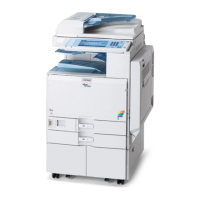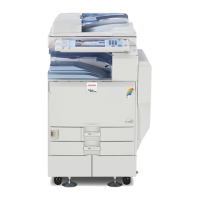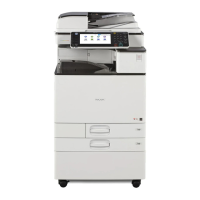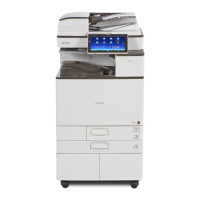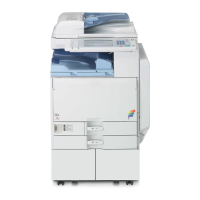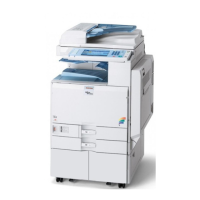Paper Thickness
Paper Thickness
*1
Paper weight
Thin Paper
*2
52–59 g/m
2
(14–15 lb. Bond)
Plain Paper 1 60–74 g/m
2
(16–20 lb. Bond)
Plain Paper 2 75–81 g/m
2
(20 lb. Bond)
Middle Thick 82–105 g/m
2
(20–28 lb. Bond)
Thick Paper 1 106–169 g/m
2
(28 lb. Bond–90 lb. Index)
Thick Paper 2 170–220 g/m
2
(65–80 lb. Cover)
Thick Paper 3 221–256 g/m
2
(80 lb. Cover–140 lb. Index)
Thick Paper 4 257–300 g/m
2
(140 lb. Index–110 lb. Cover)
*1
Print quality will decrease if the paper you are using is close to the minimum or maximum weight.
Change the paper weight setting to thinner or thicker.
*2
Depending on the type of thin paper, the edges may crease or the paper may be misfed.
• Certain types of paper, such as translucent paper or OHP transparencies, may produce noise
when delivered. This noise does not indicate a problem and print quality is unaffected.
• The paper capacity described in the tables above is an example. Actual paper capacity might be
lower, depending on the paper type.
• When loading paper, make sure the stack height does not exceed the limit mark of the paper tray.
• If multiple sheet feeding occurs, fan sheets thoroughly or load sheets one by one from the bypass
tray.
• Flatten out curled sheets before loading them.
• Depending on the paper sizes and types, the copy/print speed may be slower than usual.
• When loading thick paper of 106–300 g/m
2
(28 lb. Bond–110 lb. Cover), see page 123 "Thick
Paper".
• When loading envelopes, see page 123 "Envelopes".
• When copying or printing onto letterhead paper, the paper placing orientation is different
depending on which function you are using. For details, see page 114 "Loading Orientation-fixed
Paper or Two-sided Paper".
• If you load paper of the same size and same type in two or more trays, the machine automatically
feeds from one of the trays in which [Yes] is selected for [Apply Auto Paper Select] when the first
tray in use runs out of paper. This function is called Auto Tray Switching. This saves interrupting a
Recommended Paper Sizes and Types
121
